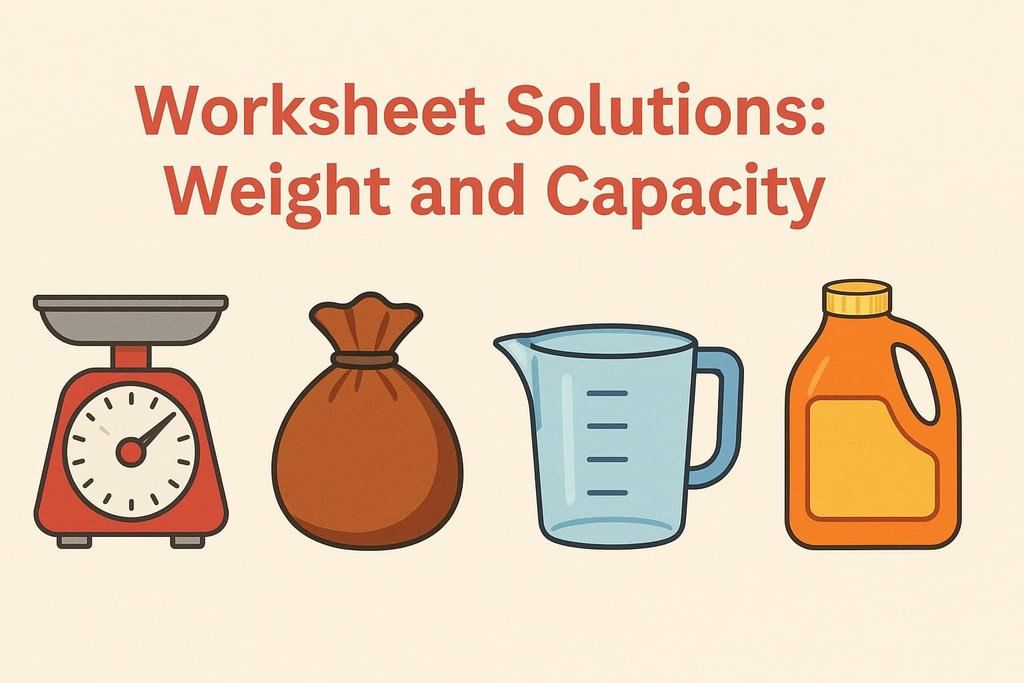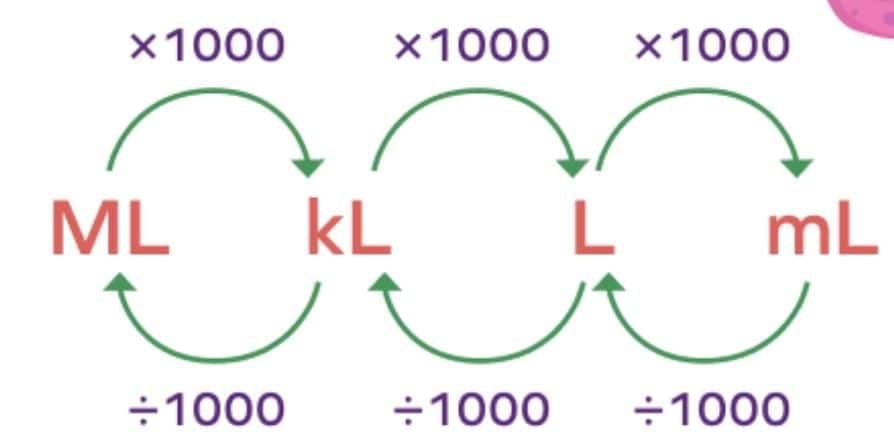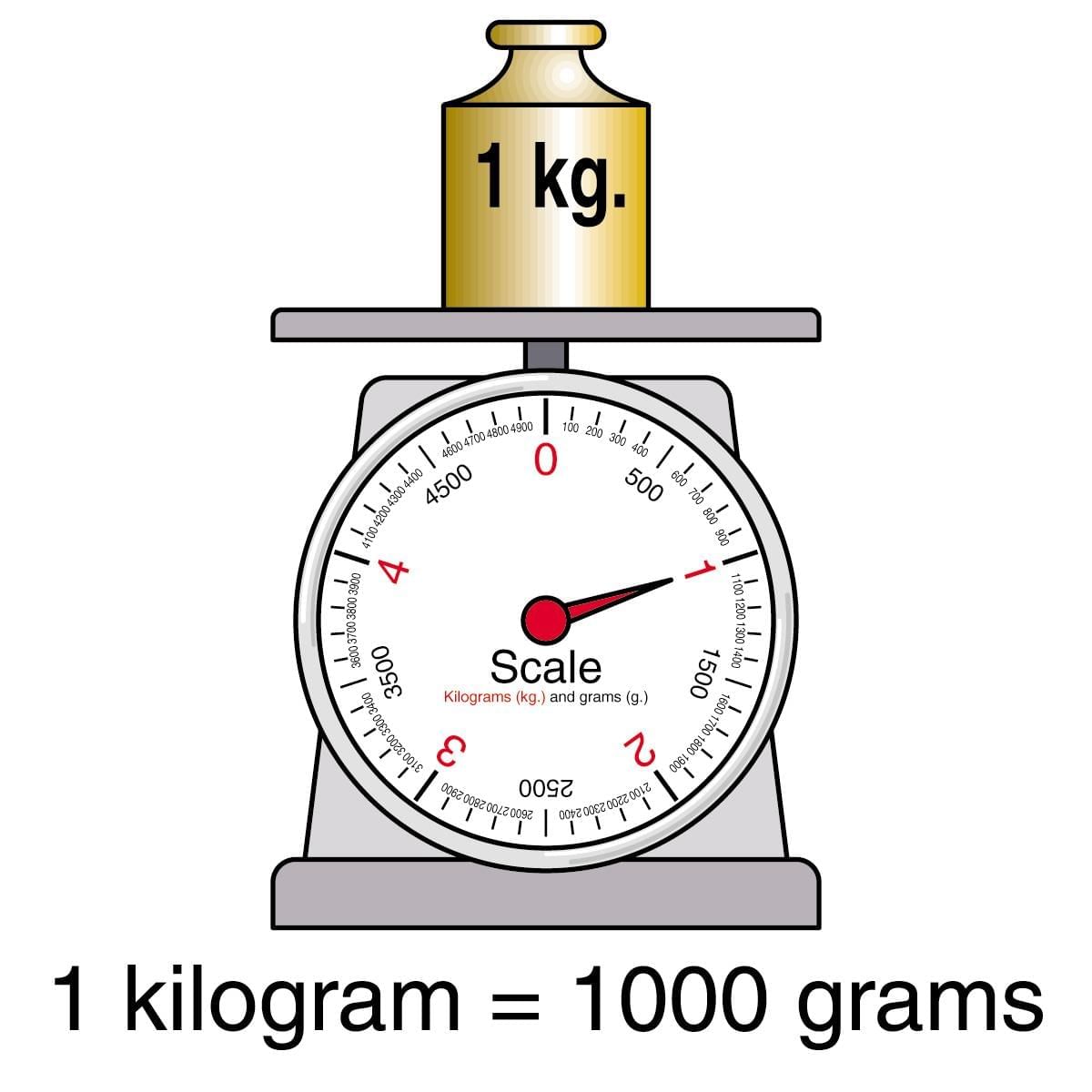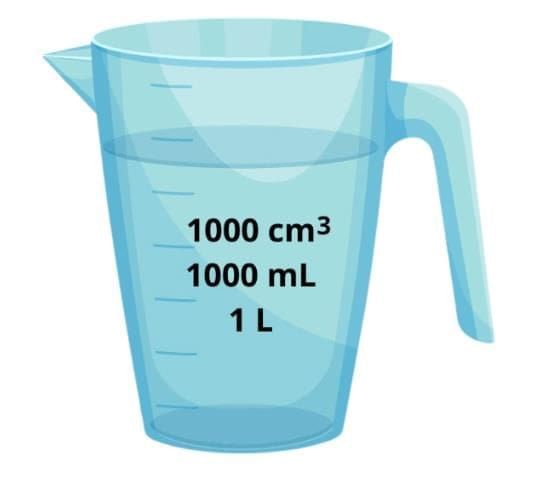Worksheet Solutions: Weight and Capacity | Mathematics (Maths Mela) Class 5 - New NCERT PDF Download
| Table of contents |

|
| Short Questions |

|
| Fill in the Blanks |

|
| Match the Column |

|
| True or False |

|

Multiple Choice Questions
Q1: What is weight?
(a) The measure of space an object occupies
(b) The force with which Earth attracts an object
(c) The amount of liquid in a container
(d) The measure of distance between two points
Ans: (b)
Weight is the force with which the Earth attracts an object. It is usually measured in kilograms or grams.
Q2: Which unit is used to measure capacity?
(a) Gram
(b) Litre
(c) Kilogram
(d) Meter
Ans: (b)
Capacity is measured in litres. It indicates the volume of liquid a container can hold.
Q3: How many grams are there in 1 kilogram?
(a) 10
(b) 100
(c) 1000
(d) 1
Ans: (c)
There are 1000 grams in 1 kilogram.
Q4: Which unit is used to measure very small weights?
(a) Milligram
(b) Gram
(c) Kilogram
(d) Litre
Ans: (a)
Very small weights are measured in milligrams (mg).
Q5: How is liquid measured using a measuring jug?
(a) By its colour
(b) By pouring and comparing
(c) By reading the scale marked on the jug
(d) By weighing the liquid
Ans: (c)
A measuring jug has a scale marked in litres or millilitres to measure the quantity of liquid.
Short Questions
Q1: Name two units used to measure weight.
Ans: Kilogram and gram.
Q2: How many millilitres are there in 1 litre?
Ans: There are 1000 millilitres in 1 litre.
Q3: Name three units used to measure capacity.
Ans: Litre, millilitre, and kilolitre.
Q4: What is the standard SI unit of weight?
Ans: Kilogram (kg).
Fill in the Blanks
Q1: The SI unit of weight is _______________.
Ans: kilogram (kg)
Q2: Capacity is the measure of _______________ a container can hold.
Ans: liquid/volume
Q3: 1 kilogram is equal to _______________ grams.
Ans: 1000
Q4: 1 litre is equal to _______________ millilitres.
Ans: 1000
Q5: Very small weights are measured in _______________.
Ans: milligrams (mg)
Match the Column
A. 1 kilogram → (i) 1000 millilitres
B. 1 litre → (ii) 1000 grams
C. 1 gram → (iii) 1000 milligrams
D. 1 millilitre → (iv) 1 cubic centimetre
Ans:
A – (ii)
B – (i)
C – (iii)
D – (iv)
True or False
Q1: The SI unit of weight is kilogram.
Ans: True
Q2: 1 litre is equal to 1000 grams.
Ans: False
Q3: Capacity is measured in litres and millilitres.
Ans: True
Q4: 1 millilitre of water is equal to 1 cubic centimetre of water.
Ans: True
Q5: Weight is measured in litres.
Ans: False
|
35 videos|276 docs|7 tests
|
FAQs on Worksheet Solutions: Weight and Capacity - Mathematics (Maths Mela) Class 5 - New NCERT
| 1. What are the basic units of measurement for weight and capacity? |  |
| 2. How do you convert between different units of weight? |  |
| 3. What is the importance of understanding weight and capacity in daily life? |  |
| 4. Can you explain the difference between weight and capacity? |  |
| 5. How can you estimate the weight of an object if you do not have a scale? |  |





















